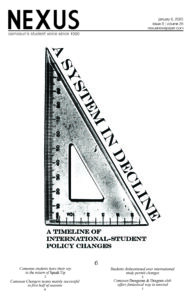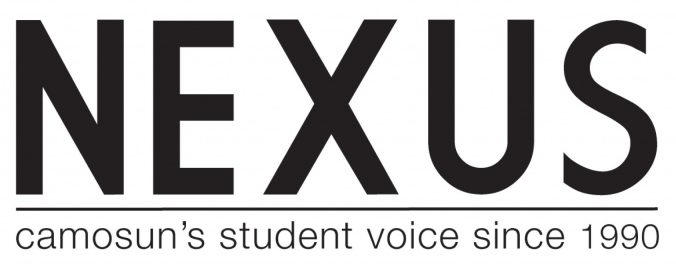Gendered pronouns exist in about 43 percent of commonly recognized global languages—and English is one of them, utilizing “she/her/hers,” “he/him/his,” “they/them/theirs,” and more. Just like any other facet of language, pronouns change the way we express and understand one another as an extension of our identities.
As the structures we use to describe our thoughts, ourselves, and the world around us, the words we use are important, and are worth paying more attention to—especially when it comes to the way we regard people and how it reflects their humanity and personal autonomy.
At the very least, in English, we don’t have gendered nouns like feminine apples and masculine lampposts. Who’s idea was that?

But gendered pronouns make it possible to denote gendered roles: by referring to someone in the third person, with immediate mention of their gender, it dictates their role in society and the way they must look and behave. While this institution is much bigger than just pronouns, they are one specific point of language we can change in our everyday lives.
Many cisgender people—those who identify with the gender assigned to them at birth—who fit into these expectations may not think about how others may refer to them with assumed gendered pronouns. However, for trans and non-binary people, that assumed language is at the forefront of their experience. It’s a reminder that they do not fit into their assigned gender at birth, and it perpetuates a social system that forces them into an identity that doesn’t acknowledge their humanity.
By referring to someone as “she/her” when every inch of their being reflects “he/him” or “they/them,” we are taking away their autonomy and disregarding the most authentic expression of their true self. Therefore, the institution of a gendered binary is solely meant to keep people in specific roles and is oppressive and restricts freedom. As long as there is a gender binary, there is a notion of fitting and not fitting.
I believe one important everyday step to dismantling that institution is to inject autonomy back into the conversation at the soonest possibility. So, let this be our mission: when you meet someone, ask what their pronouns are the same way (and perhaps in the same sentence) that you ask for their name. (I think that’s a lot more reasonable than calling a cabinet “she.” Looking at you, again, French.)
Every step toward the reconfiguration of social expectations, and the liberation of 2SLGBTQIA+ people, is bound to have stumbling blocks, as people are human and make mistakes. When you slip up on someone’s pronouns, correct yourself, move on, and acknowledge it with them later.
The important thing to understand is that every individual deserves the freedom to choose how they are referred to, to choose how they present themselves in the world—and not every individual will fit into an identifiable category. By asking someone’s pronouns, you demonstrate allyship in one small way, in the sense that you hold space for a multitude of identities and are consciously choosing the language you use.
